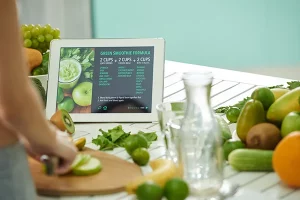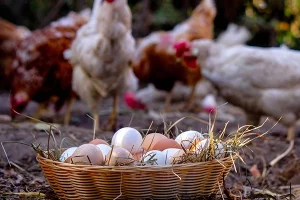Understanding Iron Deficiency Anemia
Iron deficiency, also known as Anemia, is the most common nutritional disorder affecting 20-25% of the world’s population, majority being women and children. Iron deficiency anemia is a condition that occurs when your blood doesn’t contain enough iron, hemoglobin, or red blood cells to transport the oxygen you need from your lungs to your tissues.
Iron is a trace mineral and an essential nutrient that your body requires to function properly. It helps with immune function, detoxification, and the creation of several proteins and enzymes.
Signs that you may be anemic:
- Fatigue: When you don’t have enough healthy blood cells, you start to feel exhausted.
- Difficulty Concentrating: Neurotransmitter synthesis may be altered, leading to lower than normal functionality.
- Apathy: Toward anything and everything-friends, family, and work
- Breathlessness: Without enough iron in the blood, the body becomes starved for oxygen.
- Unusually Pale Skin: A washed-out appearance can be caused by reduced blood flow and decreased number of red blood cells.
- Trouble doing your normal workout: Low iron levels can cause your endurance to suffer.
- Sore Muscles: Not having enough iron deprives your muscles of their ability to recover properly, leading to achiness.
- Frail fingernails and toenails: a concave or spoon-shaped depression in the nails
- Frequent Infections: Do you get sick often? Particularly if you’re always suffering from respiratory illnesses.
- Feeling cold: Even when it’s a beautiful sunny warm day you still feel cold.
It is important for anyone who is anemic to eat foods high in iron such as:
- Liver Beef liver is incredibly high in iron at 5 mg per slice.
- Oysters One single medium oyster delivers 3 to 5 mg of iron.
- Beef Beef tenderloin contains 3mg of iron per serving
- Chick Peas These legumes provide your body with almost 5 mg of iron per cup.
- Fortified Cereal varieties offer 90 to 100 percent of the daily-recommended value.
- Pumpkin Seeds One cup of whole seeds contains over 2 mg, while a cup of the kernels alone packs in a whopping 10 mg.
- Soybean One half cup of these legumes contains over 4 mg of iron.
- Beans offering up anywhere from 3 to 7 mg per cup.
- Lentils Cooked lentils offer up over 6 mg of the mineral per cup.
- Spinach One cup of cooked spinach delivers more than 6 mg of iron as well as protein, fiber, calcium, and vitamins A and E.
- Sesame Seeds These oil seeds, contain 20 mg of iron per cup.
If anemia is caused by nutritional deficiencies, a change to an iron-rich diet can help alleviate the symptoms. Individuals must change their diets and look at nutrition labels that display the iron content in a packaged item.



















